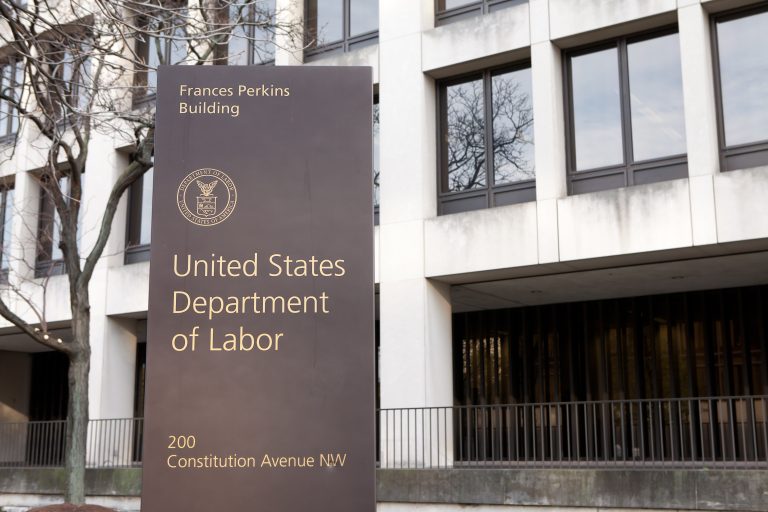With the effective date fast approaching, it’s time to start thinking about how your firm will execute the annual DOL PTE 2020-02 Retrospective Review requirement.
According to a recent poll, 48% of respondents stated the disclosure, documentation and retrospective review processes represented one of the biggest challenges when complying with the DOL’s PTE 2020-02. However, that doesn’t negate the fact that the annual retrospective review must be completed no later than six months following the period covered by the review (e.g., a review for the calendar year January-December must be completed by June 30 of the following year).
Conducting your retrospective reviewing: Complying with the requirements set forth in DOL PTE 2020-02
The methodology and results of this annual retrospective review must be documented in a written report that is provided to a senior executive officer (usually the firm’s CCO) for annual certification. Here are three steps to conducting an effective retrospective review.
Assessing the firm’s policies and procedures manual:
Arguably the most critical element of the retrospective review largely consists of reviewing the firm’s policies and procedures to comply with PTE 2020-02 when making rollover recommendations. Well-written policies and procedures are simple and straightforward. The objective of this review is to identify if the current process at your firm is an accurate comparison to what is described in the firm’s manual. Firms should test the scope of the policies to determine if they are reasonably designed to achieve compliance with procedures. Due to the complexity of the Rule, some policies can lead to confusion as to when the procedures are applicable.
- Describe the policies and procedures in place at your firm to comply with the requirements of the Impartial Conduct Standards.
- Explain any violations of such policies and procedures during the review period (including a description of the issue, how the issue was detected, and how the issue was remediated) and whether any self-corrections were required.
- Disclose how the policies and procedures were modified (if at all).
Testing and sample methodology
PTE 2020-02 has an explicit testing requirement, “The firm has in place a prudent process to modify such policies and procedures as business, regulatory and legislative changes and events dictate, and to test the effectiveness of such policies and procedures on a periodic basis, the timing and extent of which is reasonably designed to ensure continuing compliance with the conditions of PTE 2020-02.” Before beginning, a firm must 1.) define the population 2.) determine the sample size and 3.) decide upon a sampling methodology.
The results of your testing should inform your next steps which could include:
- More testing
- Updates to policies and procedures
- Updates to workflows/forms and/or training
- Escalation of violative behavior
If any violations of such policies and procedures have been found, the firm must describe the issue, how the issue was detected, and how the issue was remediated. Any violations must be self-corrected and presented within the report.
Leveraging Technology
Relying on manual processes and paper-based methods for collecting and storing your firm’s rollover rationale will undoubtedly lead to issues during the ongoing retrospective review process. With RIA in a Box’s RolloverAnalyzer, RIA firms can:
- Eliminate manual processes by digitally comparing rollover recommendations against cost, service and fit criteria.
- Simplify rollover plan fee assessments by inputting the client’s 404(a)5, into integrated Form 5500 and plan expense look-up tool.
- Eliminate multiple systems by easily transitioning from the best interest rollover recommendation to disclosure and recordkeeping.
Join the growing waitlist for our enhanced RolloverAnalyzer solution to jump-start your transactional retrospective review process. This enhanced offering gathers transactional data to simply monitoring and analysis of rollover activity at your firm and across the industry.
